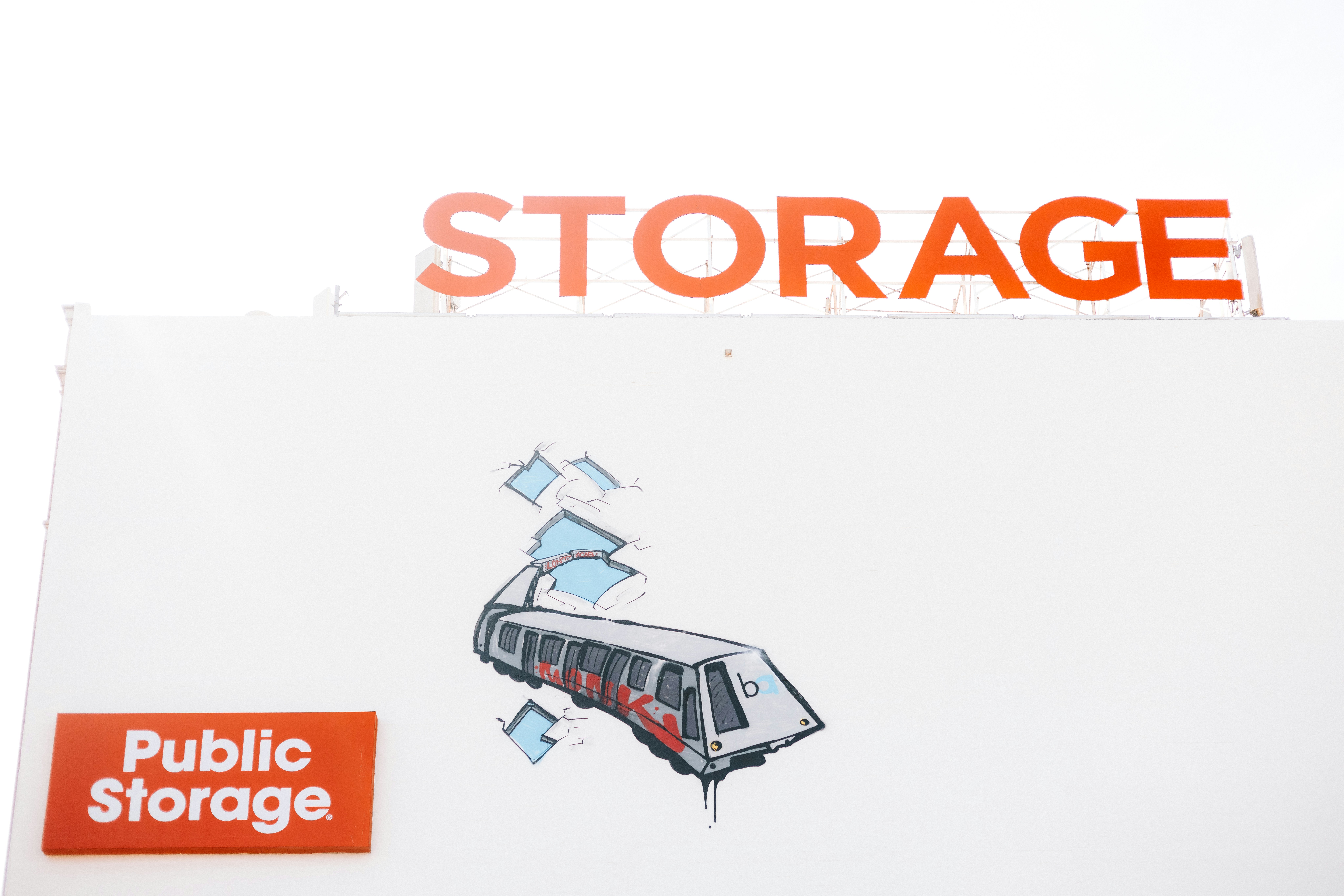
The Silent Infrastructure Trap: Why Traditional Hosting Is Killing SME Growth
Introduction: The Cost of Complacency in the Cloud Era
For small and medium enterprises (SMEs), digital agencies, and eCommerce managers, infrastructure is often treated as a necessary evil—a utility to be minimized rather than a strategic asset to be optimized. We've long accepted the tiered hierarchy of hosting: starting cheap on shared servers, moving to VPS when things break, and maybe, just maybe, jumping into the deep end of “the cloud” when growth forces our hand. This approach, however, harbors a silent but lethal trap: complexity that stalls growth, infrastructure fragility, and unpredictable costs.
In today's market, where customer patience is measured in milliseconds and security threats evolve daily, the traditional distinction between hosting (a fixed location) and scalable cloud infrastructure (a dynamic service) is the primary hurdle preventing true eCommerce scalability. It’s time to stop thinking about just managed cloud hosting and start considering how your application stack is fundamentally managed, built, and deployed.
This article dives deep into the strategic necessity of adopting simplified, modern cloud architectures, focusing on how embracing standardized, containerized environments can unlock performance, bolster **cybersecurity for SMEs**, and provide the predictable footing necessary for aggressive market expansion.
The Performance Imperative: Core Web Vitals Are Now Revenue Vitals
The speed of your website is no longer merely a technical metric; it is a direct line to your revenue and brand reputation. Google’s emphasis on Core Web Vitals (CWV) has cemented this reality. If your largest content paint (LCP) takes too long, or your cumulative layout shift (CLS) destabilizes the user experience, you are losing sales.
The Conversion Rate Correlation: Speed and the SME Bottom Line
For eCommerce, the data is irrefutable. Even a small latency increase can crush conversion rates. Studies consistently show that shoppers abandon carts when pages load slowly. Furthermore, Google uses CWV as a ranking signal. Failing to meet these standards means your perfectly optimized product pages might never reach the customers who need them.
The issue often isn't the front-end design; it’s the server response time, database query efficiency, and the underlying infrastructure's ability to handle concurrent traffic spikes. Traditional hosting environments struggle here because they lack true resource isolation and elasticity. When traffic spikes, shared resources buckle, leading to the dreaded “slow down” that costs thousands in lost revenue.
Overcoming Hidden Costs of Latency
The concept of website speed must extend beyond caching. It requires infrastructure capable of rapid auto-scaling, intelligent load balancing, and immediate resource provisioning. For agencies managing multiple client sites, or eCommerce platforms preparing for holiday sales, relying on manual vertical scaling (throwing more CPU/RAM at a single machine) is reactive, expensive, and often too slow. We need environments that are built for instantaneous, horizontal expansion.
Why Traditional Web Hosting Fails the Modern Scale Test
Traditional hosting models—be it shared, dedicated, or even basic unmanaged IaaS—introduce friction and complexity that most SMEs and agencies are ill-equipped to handle.
The Complexity of Cloud Lock-in and Vendor Silos
Many businesses that attempt to leverage public cloud behemoths (AWS, Azure, GCP) quickly become overwhelmed. The initial cost savings are often negated by the necessity of hiring expensive DevOps engineers to stitch together disparate services: compute instances, specialized database services, load balancers, and monitoring tools. This creates vendor lock-in and steep learning curves, transforming infrastructure management into a costly, full-time commitment.
The DevOps Burden: A Barrier to Entry
The biggest challenge for SMEs is the operational burden. True cloud scaling requires DevOps practices: CI/CD pipelines, container orchestration, configuration management, and infrastructure as code (IaC). A small eCommerce business or a regional digital agency simply cannot afford a dedicated, high-salary DevOps team. They need the *results* of sophisticated cloud infrastructure without the *management complexity*.
This is where the industry is pivoting toward solutions that offer application stacks pre-packaged and ready-to-scale. The idea is to abstract away the complexity of Kubernetes and cloud networking while maintaining the crucial benefits of modern microservices architecture.
The Stacks as a Service Revolution: Simplifying Cloud Complexity
The future of managed cloud hosting for professional businesses lies in the 'As a Service' model, specifically focusing on the entire Application Stack. This approach treats the entire environment—the web server, the database, the caching layer, and the application code—as one cohesive, deployable unit, managed by a standardized platform.
Containerization and the Power of Standardization
Containerization (using technologies like Docker and Kubernetes) is the backbone of this approach. Containers ensure that your application stack runs identically in development, staging, and production. This eliminates the notorious “it works on my machine” problem, drastically improving deployment reliability and security.
However, running raw Kubernetes can be a nightmare of configuration files and networking issues. This is why platforms specializing in Stacks As a Service have emerged. They provide the simplified user experience of traditional hosting while leveraging the robust, elastic infrastructure of modern containerized cloud computing.
STAAS.IO: Cloud Infrastructure Without the Cognitive Overload
A prime example of this strategic shift is the approach championed by STAAS.IO. The platform is engineered to deliver Kubernetes-like benefits—massive scalability, high availability, and efficient resource allocation—but simplifies the operational front end dramatically. Instead of spending weeks configuring cluster settings, users get a quick, cheap, and easy environment ready for deployment.
- Simplified Scaling: Whether you need to handle ten times the traffic for Black Friday (horizontal scaling across machines) or just need more horsepower for heavy processing tasks (vertical scaling), the process remains fast and predictable.
- Predictable Pricing: One of the major anxieties of public cloud adoption is the 'bill shock.' Platforms like STAAS.IO solve this by using simple pricing models that apply equally to horizontal and vertical scaling, ensuring costs remain predictable as your application transitions into a production-grade system.
- Freedom and Flexibility: By adhering to open standards (CNCF containerization), businesses avoid proprietary vendor lock-in. Your stack is portable, giving you ultimate control over your infrastructure strategy.
Cybersecurity Posture: Shifting from Reactive to Proactive Defense
For small and medium businesses, cybersecurity is often an afterthought until a breach occurs. Given the rising frequency of ransomware, supply chain attacks, and sophisticated phishing campaigns, relying solely on perimeter defenses (firewalls) is insufficient. Modern infrastructure must incorporate security fundamentally, not add it on as a patch.
The Inherent Security of Isolation
Containerized environments offer an immediate security advantage: process isolation. If one application component is compromised, the breach is typically contained within that specific container, preventing lateral movement across the entire server or stack. This micro-segmentation is a foundational layer of advanced **cybersecurity for SMEs** that traditional shared hosting simply cannot offer.
The Critical Role of Native Persistent Storage Security
In many cloud setups, handling data persistence (database volumes, user uploads) is complex and often relies on third-party services. The security and recovery of this data are paramount. If your application crashes or is compromised, reliable data recovery hinges on how well your persistent volumes are managed.
This is a major differentiator for application stack platforms. STAAS.IO, for instance, focuses on offering full native persistent storage and volumes that are completely integrated into the platform’s security model. This ensures data integrity and simplifies compliance, as the data layer is managed securely and consistently, separate from the ephemeral compute layer.
When evaluating providers for eCommerce scalability, always ask: How is my data backed up and secured, and how quickly can a full stack (including volumes) be restored? The answer in a Stacks as a Service environment is generally: quickly, consistently, and without complex manual configuration.
The Agency Advantage: Building Resilient Client Infrastructure
Digital agencies and professional developers are constantly balancing client expectations for speed and reliability with the economic pressure to deliver projects quickly and profitably. Infrastructure complexity is the single largest factor eroding project margins.
Standardized Deployment and CI/CD Efficiency
Agencies thrive on repeatability. Imagine managing ten different clients, each running a slightly different configuration on a different host. This leads to configuration drift, security headaches, and slow development cycles. By utilizing a Stacks as a Service platform, agencies standardize their delivery model.
Platforms offering easy CI/CD pipeline integration or one-click deployment (as STAAS.IO does) allow agencies to:
- Spin up identical staging and production environments instantly.
- Automate testing and deployment, significantly reducing human error.
- Simplify client handoffs by providing a transparent, predictable infrastructure dashboard.
This focus on developer experience (DX) translates directly into increased client satisfaction and higher project throughput. It means less time debugging server issues and more time delivering core value to the client.
Operational Efficiency and Cost Predictability
For agencies, fixed costs and predictable margins are everything. The ‘simple pricing model’ inherent in the Stacks As a Service approach ensures that agencies can accurately quote hosting and scalability costs for their clients from day one. There are no hidden fees for complex load-balancing setups or proprietary network ingress/egress. This transparency is crucial for maintaining trust and securing long-term contracts.
Conclusion: The Future of Infrastructure is Accessible
The journey from traditional hosting to cutting-edge cloud infrastructure doesn't have to involve mastering the labyrinthine complexity of hyperscale providers. For the modern SME, eCommerce platform, or digital agency, strategic growth hinges on offloading operational overhead while retaining the flexibility and performance advantages of containerization.
The key takeaway is a fundamental shift in mindset: stop managing servers and start managing applications. By embracing platforms that simplify stacks through intelligent automation and standardization, businesses can redirect their valuable time and resources away from server maintenance and toward innovation, customer experience, and achieving top-tier Core Web Vitals.
Platforms providing Kubernetes-like simplicity alongside core features like native persistent storage are leveling the playing field. They make enterprise-grade resilience, extreme website speed, and proactive cybersecurity for SMEs accessible, predictable, and profitable. The silent trap of complexity is being replaced by the strategic advantage of simplicity.
Strategic Next Steps: Building Your Next Production-Grade System
If your current infrastructure is hindering your ability to scale, delaying deployments, or causing performance anxiety during peak traffic, it's time to evaluate solutions that eliminate cloud complexity.
Explore how a true Stacks As a Service platform can transform your operations. STAAS.IO is built precisely for this purpose: shattering application development complexity and providing an environment that seamlessly scales from development to robust production, adhering to CNCF standards and guaranteeing freedom from vendor lock-in. See how easy it is to deploy and manage a highly resilient, high-performance stack today.




